Sharing stories with... Piers Taylor
Learning from the Local, designing responsively for people, climate and culture by architect, presenter and author Piers Taylor is an exploration of our connection to materials and place fuelled by many years of experimentation, making and thinking. ARCHITEXTURES Editor-at-Large Vanessa Norwood spoke to Piers about the architect as lone author, how architecture needs to change and the joy of a more collective architecture through participation.
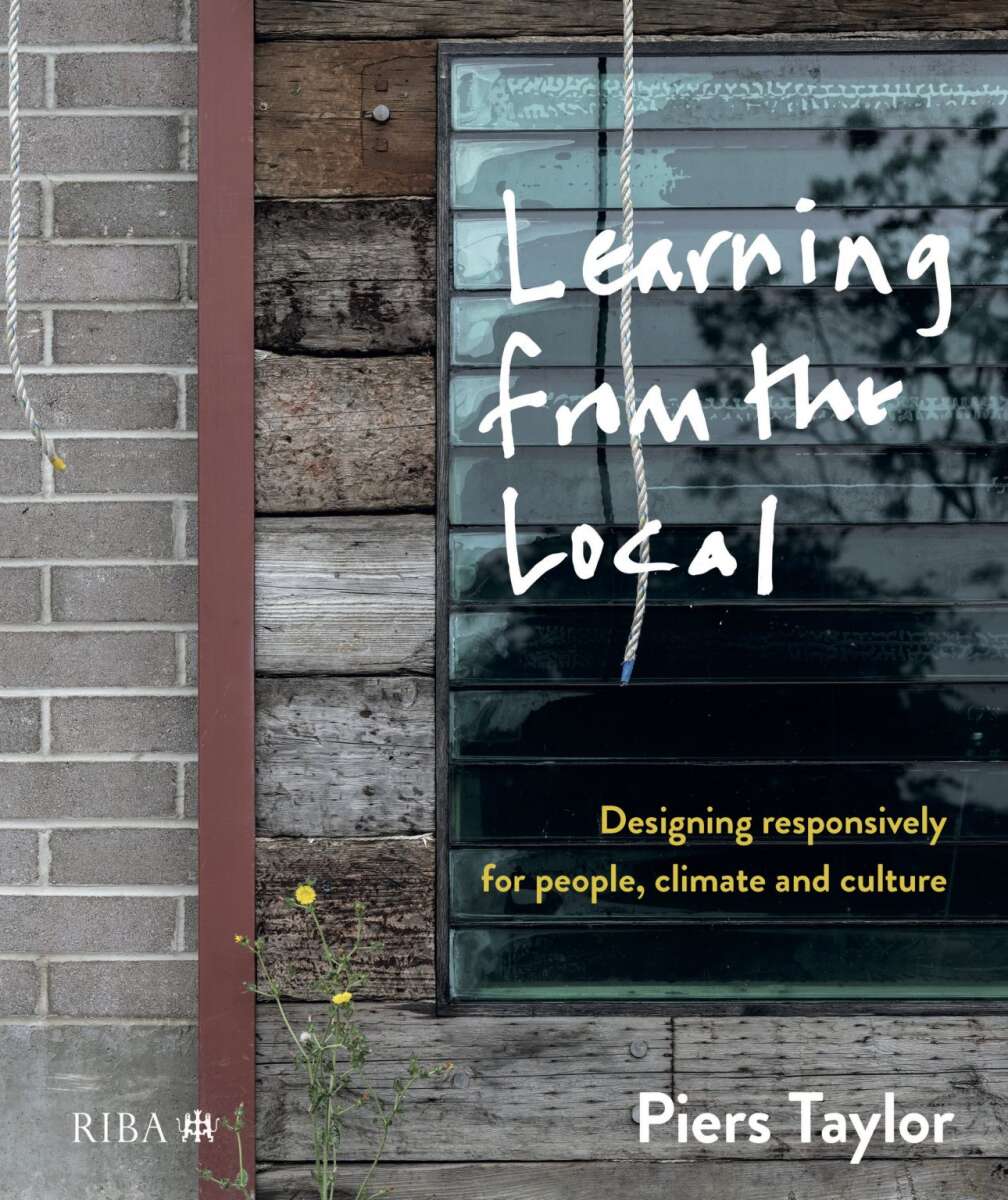
.png?s=1200&q=60) Left:Learning from the Local, designing responsively for people, climate and culture book cover. Right: Piers Taylor. Image credit, Sue Phillips
Left:Learning from the Local, designing responsively for people, climate and culture book cover. Right: Piers Taylor. Image credit, Sue Phillips
Vanessa: The book starts with your visit to Can Lis by Jørn Utzon – a project that is very much a product of the local context in Mallorca, Spain. You talk about Utzon having to ‘surrender or abandon architectural ideas’ at Can Lis – does this flexibility need to be embedded in architectural education and practice?
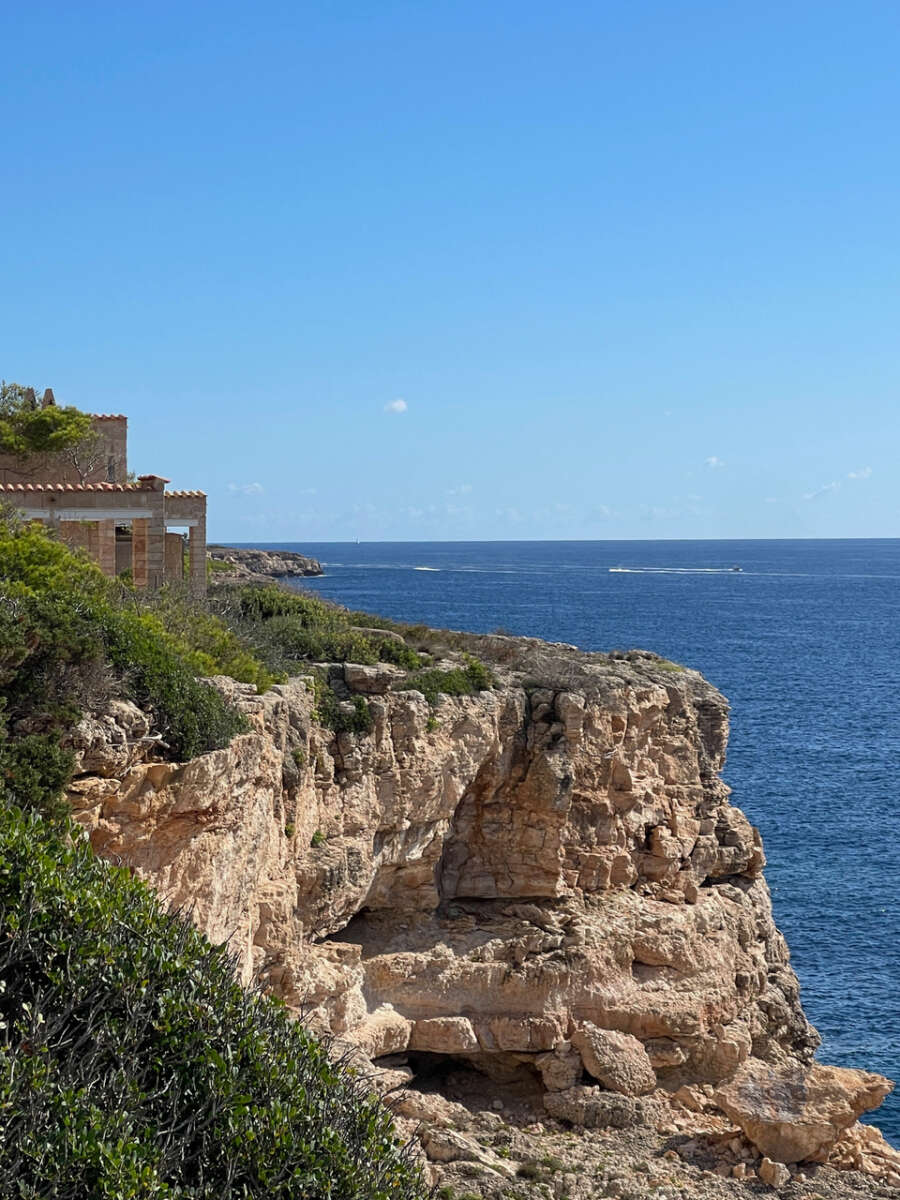
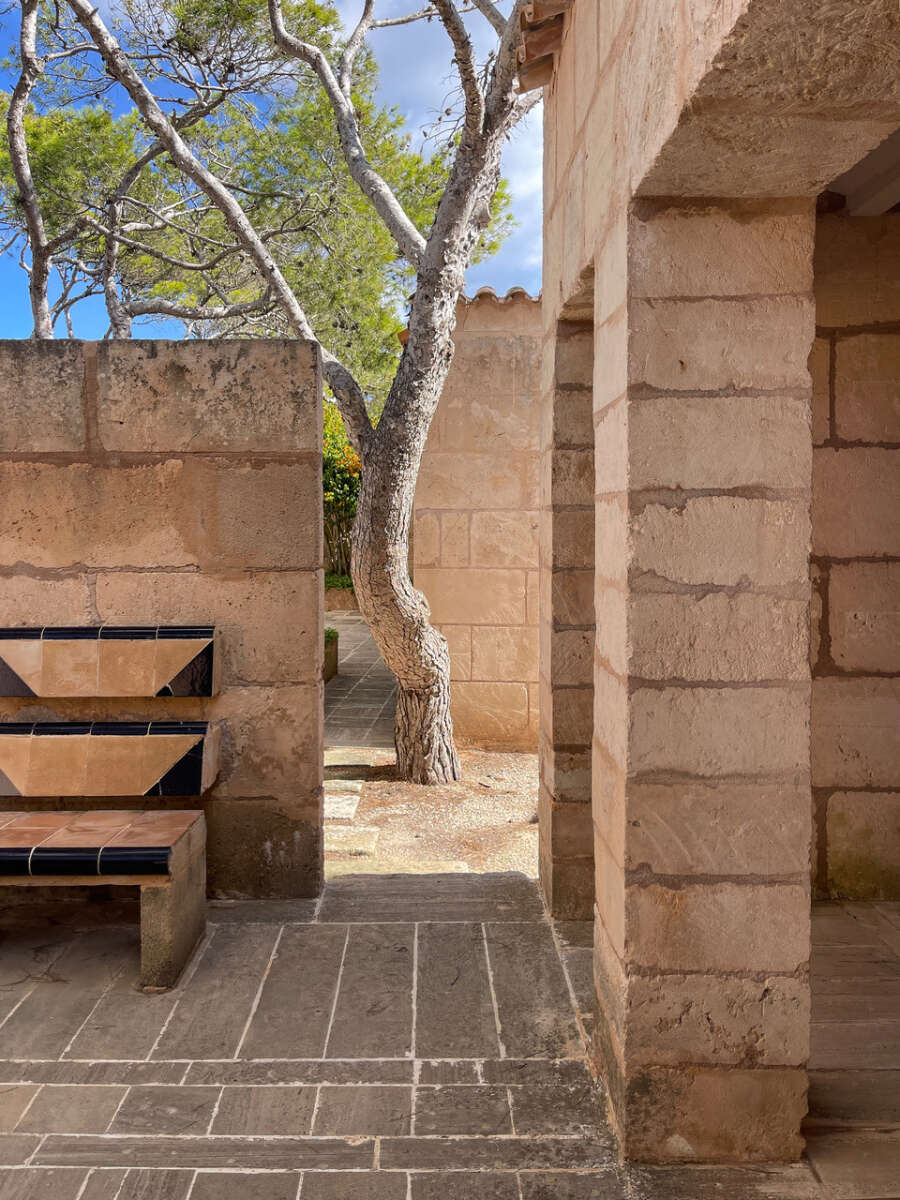 Can Lis. Images credit, Piers Taylor
Can Lis. Images credit, Piers Taylor
Piers: Everyone talks about Can Lis as an amazing piece of architecture, and I'd never thought about it much until the Utzon Centre asked me to be part of a film that was being made with the archive about the building. I was interested to see Utzon's journey from the Opera House, a global, extraordinary piece of architecture that in a way could have been anywhere but was very much in Sydney and moved to this much more tempered nuanced way of making a building where the place spoke back to him. The Opera House is an amazing building, but one not tempered by the place. It was designed and conceived in Denmark and dropped onto the site, it wasn't inflected with that place.
Vanessa: Is there a danger that materials become a means to show off, so that the material used is forced into fulfilling unsuitable roles just to adhere to ‘the vision’? You speak about Flint House as being an example of ‘capital A Architecture’.
Piers: One of the things I found interesting was that we use this word control a lot and Utzon's contemporaries were highly controlling. At Can Lis some things are quite unresolved. In a way I enjoy that; I like the fact that it's a building that is a kind of negotiation rather than this literal thing that's put on the site. That very much leads to the Flint house which for me is a problem because it's so obvious as a building in that it's a single idea set out on the site that does not speak back. It's kind of a monologue. It doesn't mean that the building isn't clever and interesting, but I don't think it's interesting in the context of actually how buildings can set up conversations with places, as say Can Lis.
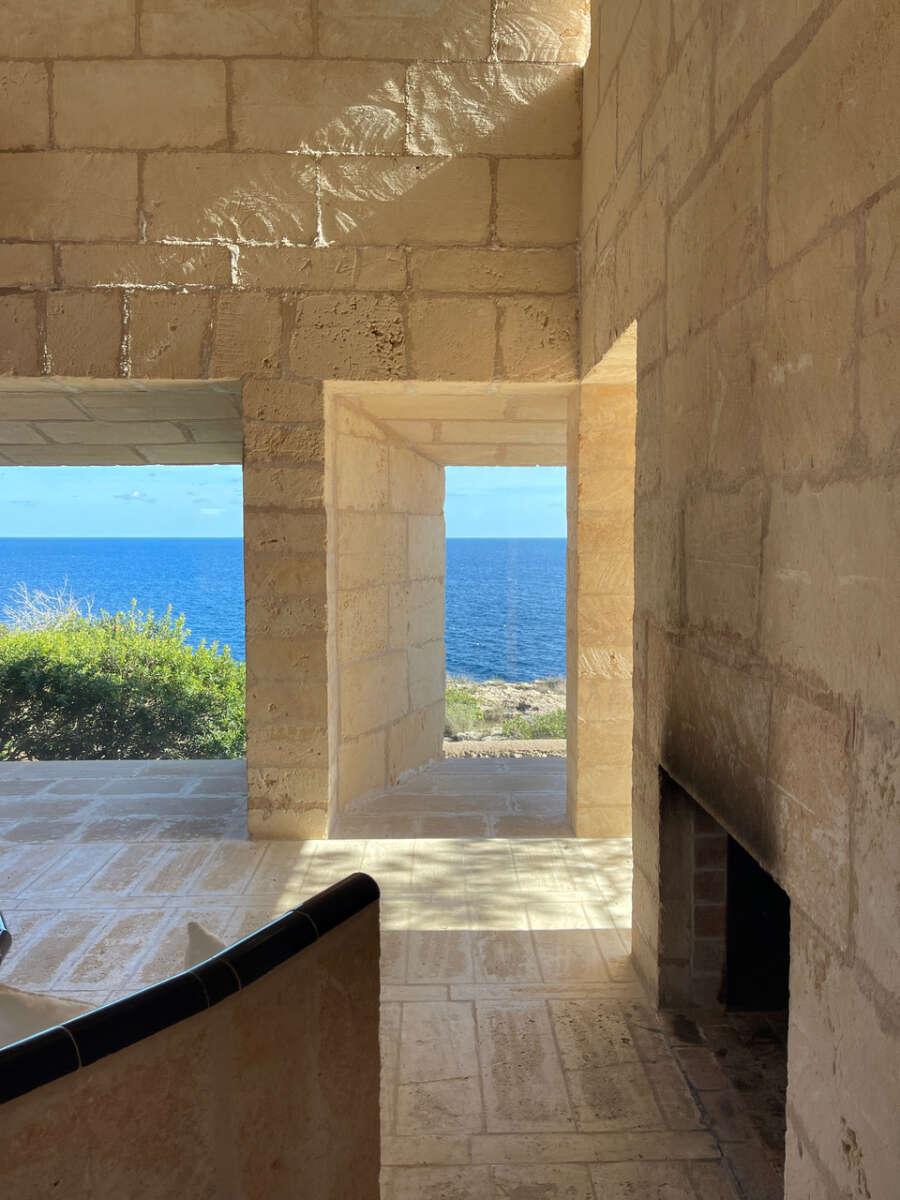
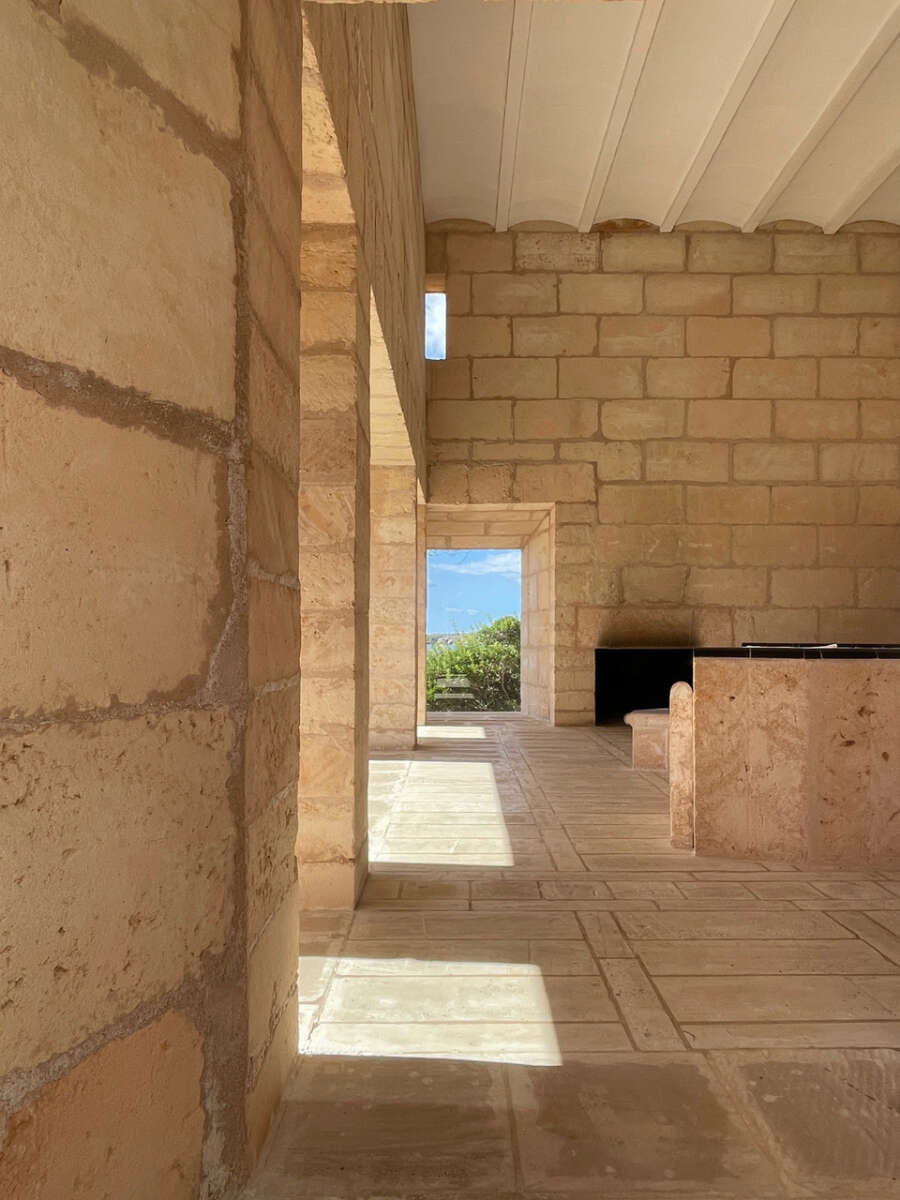 Can Lis interiors. Image credit, Piers Taylor
Can Lis interiors. Image credit, Piers Taylor
Vanessa: The problem with materials seems to be much larger doesn't it, with past and persistent colonial practices of just shipping out concrete to places and obliterating local knowledge like the African cities built in a boom in concrete that was ill-suited to the climate and is now crumbling.
Piers: Those places are extraordinarily concerning. In a single generation they've gone from towns of 5,000 to cities of 20 million without much thought. There isn't the luxury of time to evolve and build a set of spaces that are human focused. They're laid out as a set of dehumanised forms that use materials from anywhere. That's the greatest rate of change we've ever seen in human history.
Learning from the Local also begins to upscale, to look at places like Marmalade Lane and Elemental’s Quinta Monroy in Chile. It looks at Almere in the Netherlands that's effectively a new city of 200,000 people and asks what you need to put in place to allow a new set of traditions to emerge rather than to be forced upon somewhere.
Vanessa: Is one problem with the thinking around sustainability is that it has been seen as academic and bespoke with a conversation so fragmented that scaling up seems almost impossible to imagine?
Piers: That also drove the book. There's something about a retreat to a craft-based practice that doesn't quite sit comfortably with me when I look at the problems as you describe in the developing world where we need to make cities in five years for 50 million people. How can we do that and how do we do that and what do we do that well with? I look at Beirut and Lena Gotmeh’s Stone Garden where there's a kind of adaptability and materiality to it that is really interesting. I think Almere is an interesting city because of the infrastructure and relationships between buildings, uses, green spaces, cycle paths and then two or three rules on how you met the road edge or your neighbour or how high something needed to be and almost nothing else. That means that you can build pretty much anything that is a reflection on the set of local materials and technical practices. As a place it's extraordinarily successful.
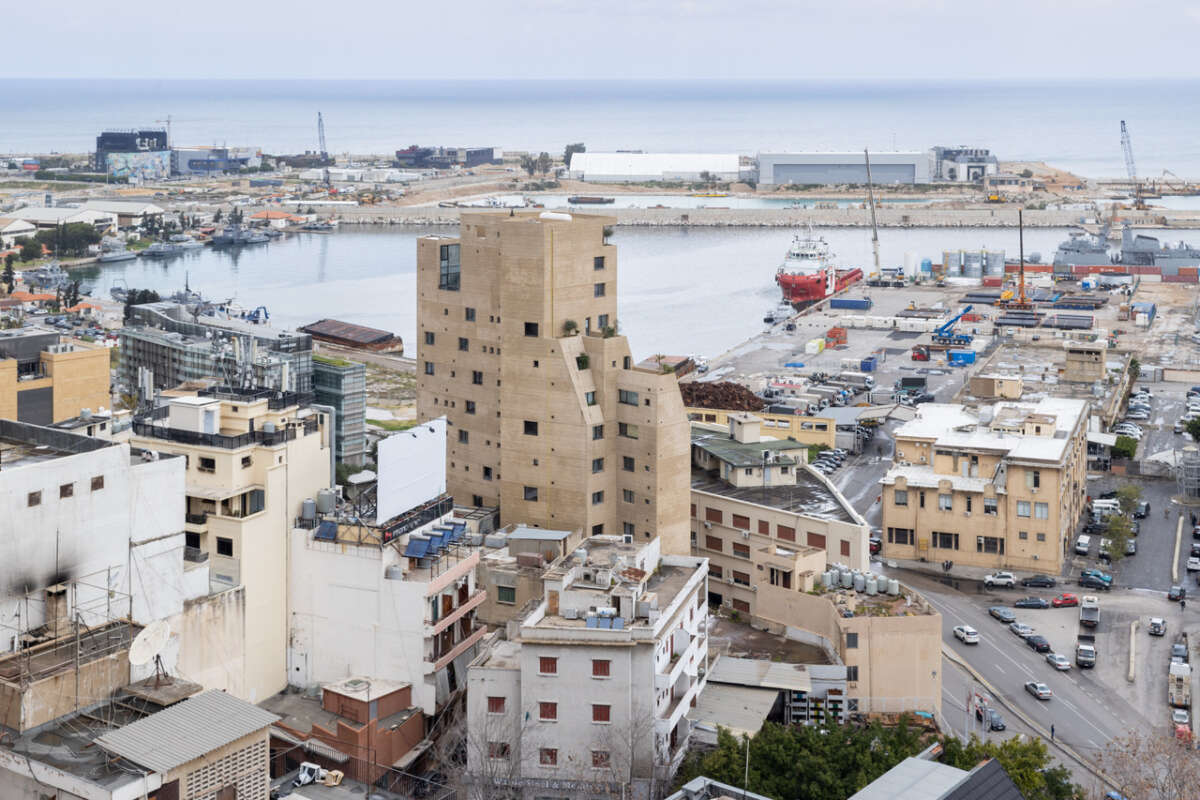 Stone Garden building in Beirut by Lena Gotmeh. Image credit, Takuji Shimmura
Stone Garden building in Beirut by Lena Gotmeh. Image credit, Takuji Shimmura
Vanessa: You say architecture has to change and move away from the model of the lone author in control. How can we move away from this mode of practice?
Piers: A chapter of the book explores the theme of community initiation of a set of spaces looking at East Quay, Watchet but also La Borda in Barcelona, a block owned and developed by architecture collective Lacol. I think what architecture misses is that sense of allowing collective initiations that draw on a set of knowledge. We need to allow that in. Whenever I hear architects using the word vernacular, they're always using it as a superficial reading of a local, usually rural, style of architecture. Whereas I would argue that the vernacular has to be rooted in a set of circumstances that allow people to be embedded in the project where the architect isn't a lone author. When architecture connects to social practices; the world, material cultures, environmental issues, and wider sociologically it becomes really fascinating. The collective way of architecture through participation has been the way that people have made it over countless generations.
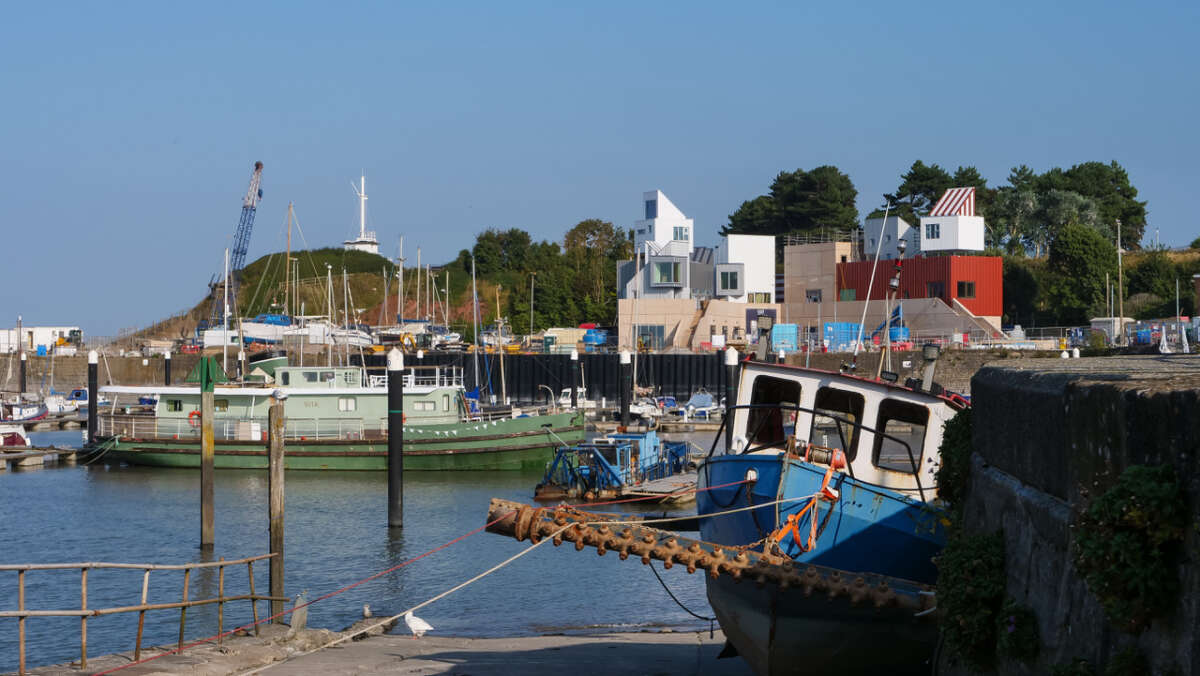 East Quay. Image credit, Piers Taylor
East Quay. Image credit, Piers Taylor
At its best architecture is a generative force that allows architecture to be accumulated, to evolve and speak of locality. Within that I place Frank Gehry’s Santa Monica House and Wigglesworth Tills Stock Orchard Street. I include Assembles work and Collage House by SP+S in Mumbai, India which I would argue is architecture at its absolute best; full of joy, full of hope and full of a sense that it doesn't have to fear the craziness of the world around it.
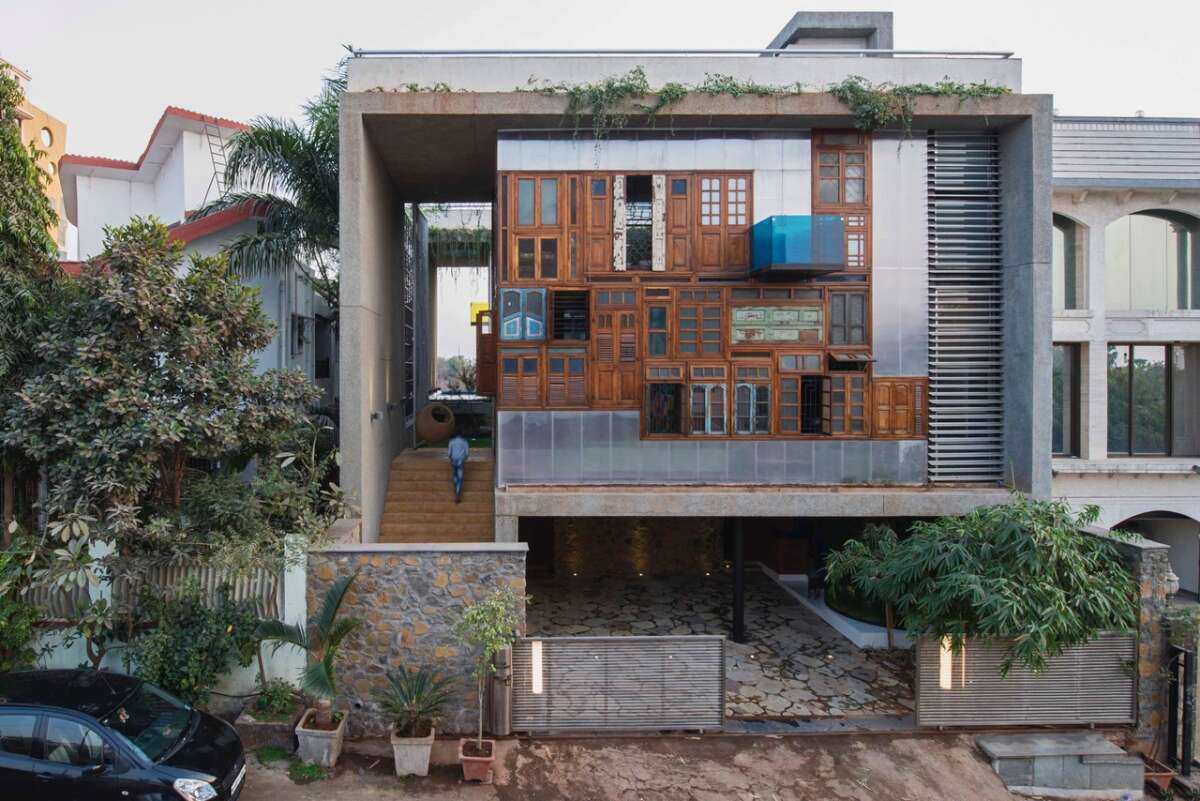 Collage House by SP+S in Mumbai. Image credit, Photographix
Collage House by SP+S in Mumbai. Image credit, Photographix
Vanessa: Glenn Murcutt was a turning point in your career. What was it that inspired you about Murcutt’s work and set you on your own architectural journey?
Piers: With Glenn Murcutt there's an incredible deep embodied knowledge around the place that is really interesting. What I like about Glenn’s work is the dignity in not seeking an obvious architecture but just allowing it to be generated in a humble way from a place through a set of circumstances; what's the sun doing, what's the wind doing, what’s the ground doing and how can I just nestle something in. That is a frugal way of making a building. He was clever enough not to talk about a vernacular or referencing a place, there was an absolute clarity that has endured. Murcutt at the same time works in a way that is kind of like a moral crusade you know and I'm not sure that's a particularly healthy way to practice because it raises expectations about what architecture can do. Architects are full of claims that it can do these things, that it could solve the environmental crisis or change the world through making social housing.
 Arthur and Yvonne Boyd Education Centre at Bundanon, New South Wales, Australia by Glenn Murcutt. Image credit, John Gollings
Arthur and Yvonne Boyd Education Centre at Bundanon, New South Wales, Australia by Glenn Murcutt. Image credit, John Gollings
Vanessa: As well as exploring the connection to place you speak about the importance of encouraging multiple narratives to make better places.
Piers: East Quay ties itself in through a network of paths, roofs, courtyards, places, and informal things that are happening which means that even if you started off hating the building it still works correctly. You can still go and it is still part of the network of your life.
If you start with this idea that architecture is a collective endeavour there's nothing to fear. Rural Studio’s work was totally eye opening for me. It's a way out of a dead end because it’s a way of making buildings that use whatever they have with whoever they have. There were students using cheap materials that were just available, scrap windscreens and scrap timber. There's a kind of abundant joy in seeing spaces made without reverence, just in that way of accumulating stuff and doing it collectively. The buildings are incredible and that changed the course of my life. Sam Mockbee’s book was astonishing because it was a whole world outside of that highly crafted, dignified, stifling way of making buildings that never happens in vernacular architecture.
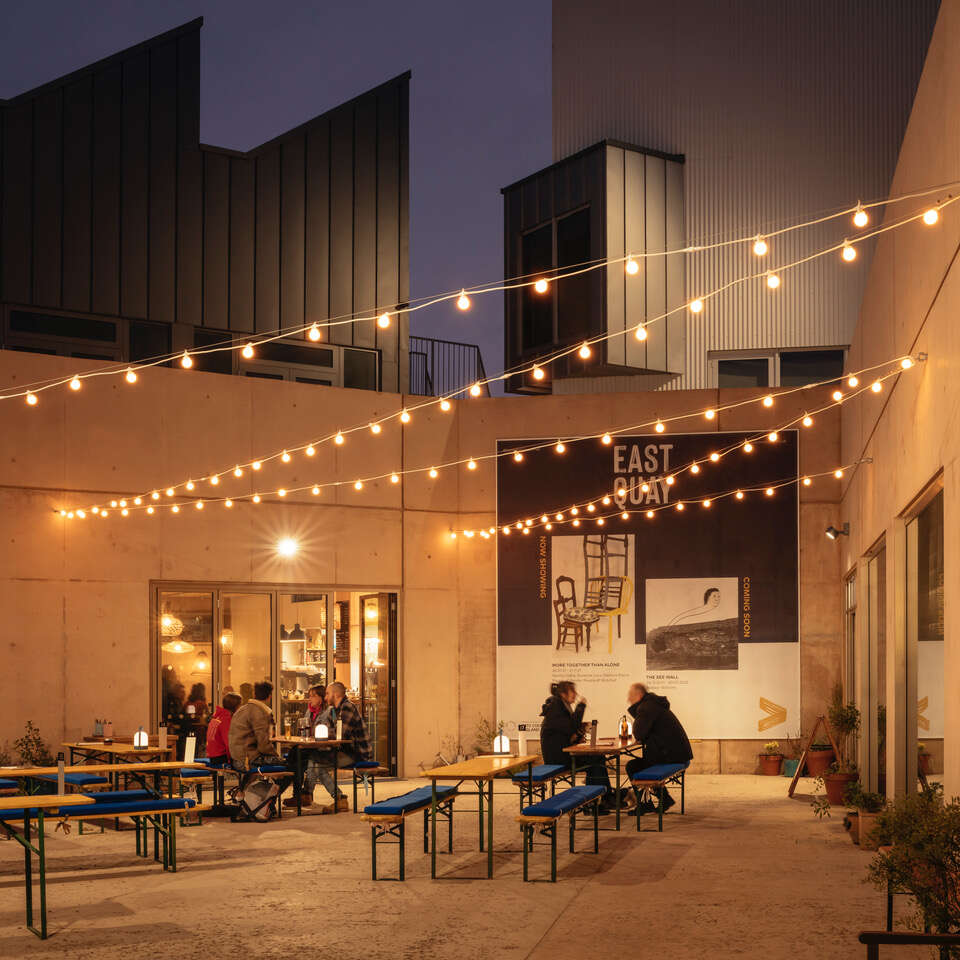 East Quay. Image credit, Jim Stephenson
East Quay. Image credit, Jim Stephenson
Vanessa: It's slowly changing in terms of legislation but there seems to be a block to shifting any of the conversations because of a real lack of appetite for risk.
Piers: The way that we procure buildings culturally is that every single thing has to be able to be controlled in advance of construction because otherwise someone must take a massive risk and price it in. We've set up this system where things have to be predictable and that means materials have to be predictable, they have to be stable and certified. They're defined within the set of British standards you have almost no variables. There is risk in making buildings that aren't like that, not only financial risk but there's also not quite knowing what you're going to get, an architectural risk.
Vanessa: There seems to be so many barriers to progress, not least an industry that is making a lot of money from the status quo. You describe imported and highly refined materials as the equivalent of processed food. Is the issue of building rapidly in a newer context where you know that there is no local industry? To get everything finely balanced for it to work well you've got to have local knowledge about the materials you're going to use, and which would work well for you.
Piers: We live globally and work globally but want to be able to understand what's available locally: how can we do it? I think the problem in a way is all our material supply chains are set up around efficiency and they're set up around making the delivery of those materials as efficient as possible. Architecture is one of the few disciplines that hasn't had a radical disruption; with cars or phones everything has been changed in terms of the process of manufacture. One of the big things that is beginning to be thought about is the process of construction. An example is digital printing that uses very high-tech material directly from a place very efficiently. One of the buildings I look at through the lens of ecology is a 3D printed earth that uses high tech processes allowing material directly from the place. Francis Kéré carried his extraordinary works in that context, but it is not translatable to the developed world because of the cost of doing things differently. If we go through this process of weaning ourselves off very inefficient ways and making buildings maybe some of that will be allowed to creep back.
Vanessa: Is there a danger with this new ‘vernacular’ movement that we create a new orthodoxy? You describe Japanese architect Terunobo Fujimori as an architectural maverick and state his work is a reminder that architecture existed before architects. How can we ensure joy remains central to the way we connect to the local?
Piers: Terunobu Fujimori’s work is amazing, and it was a shock to discover it. It’s counter to the ways that we control things and deny material presence. Fujimori drew the space out of the material, and he couldn't have conceived those spaces without the actual material. They are totally determined by what he had as a set of things. It was extraordinary to realise that could coexist and architecture didn’t need to be this sacred way of doing things. You could explode it - but at the same time it comes back to that's the way that people have made buildings for many years.
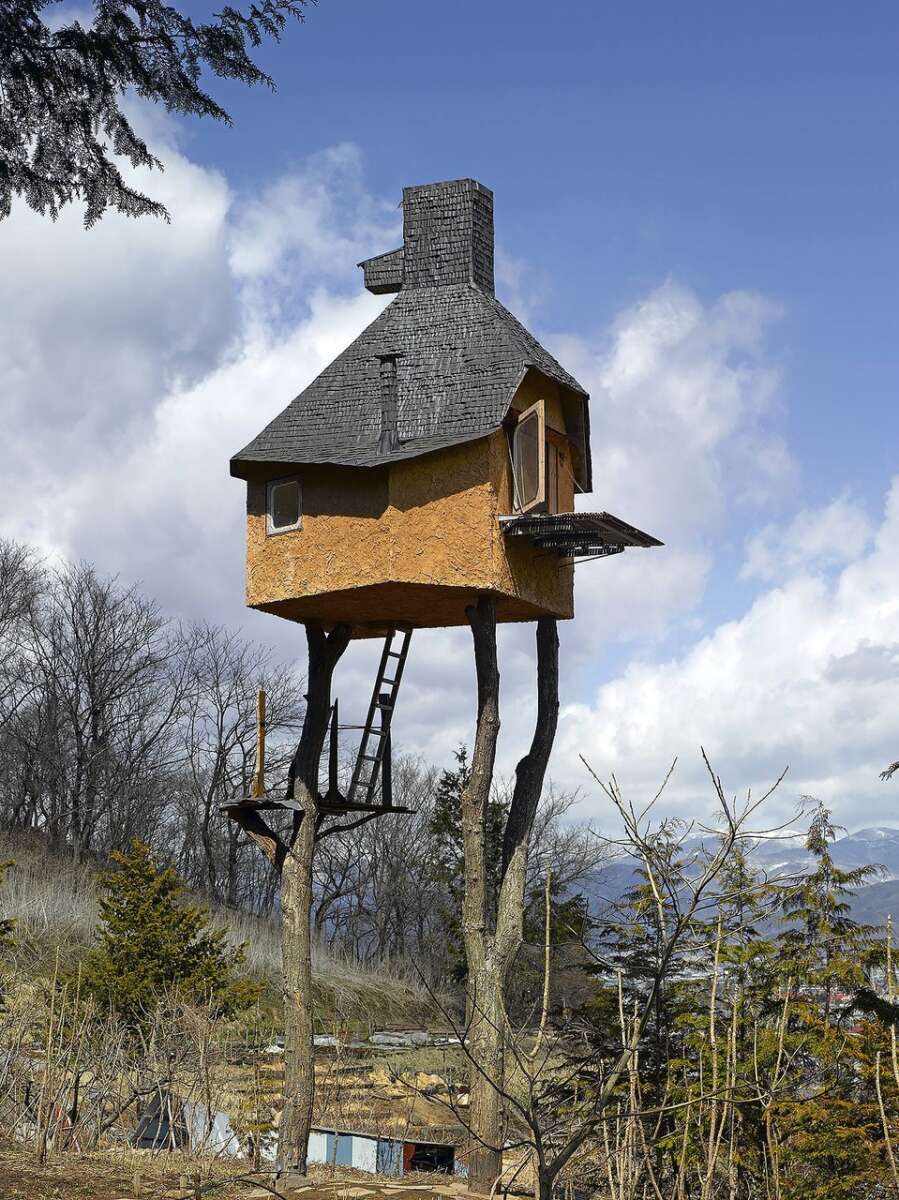 Takasugi-an by Terunobu Fujimori. Image credit, Edmund Sumner
Takasugi-an by Terunobu Fujimori. Image credit, Edmund Sumner
Published by RIBA in October Learning from the Local, Designing responsively for people, climate and culture is written by architect, presenter and author Piers Taylor.
